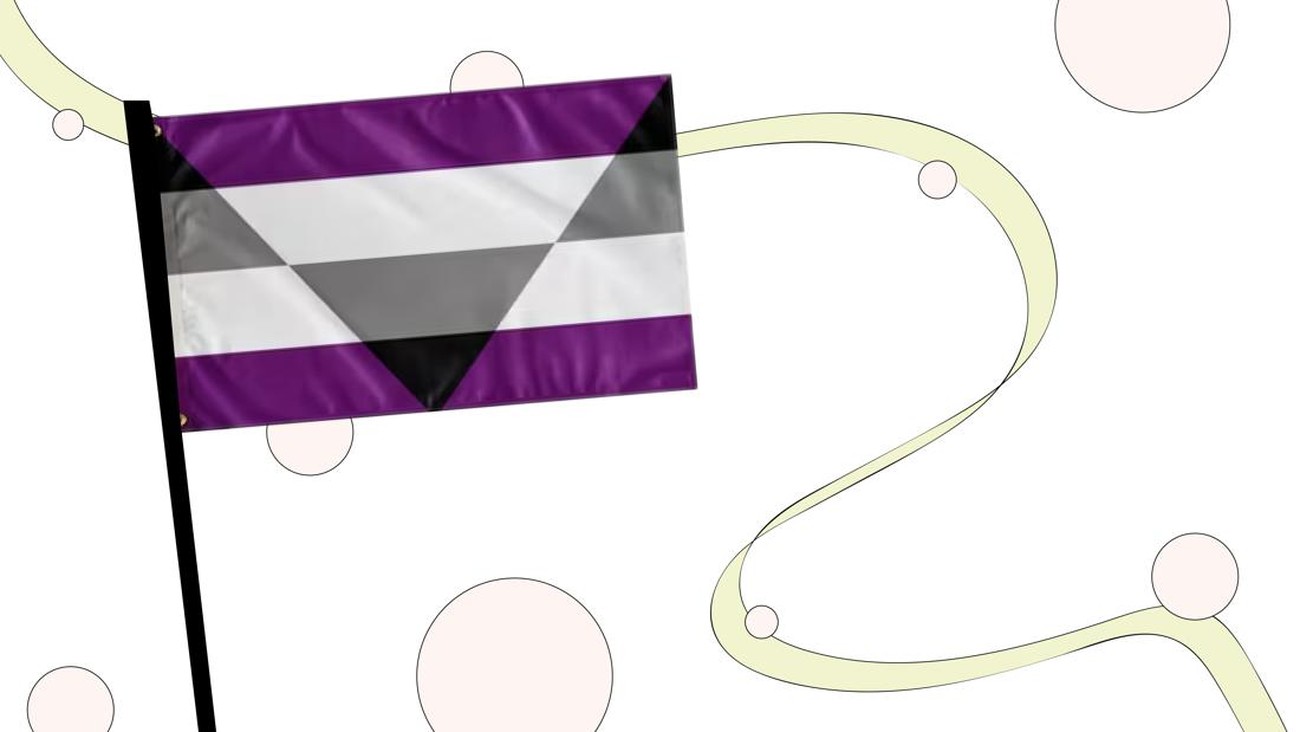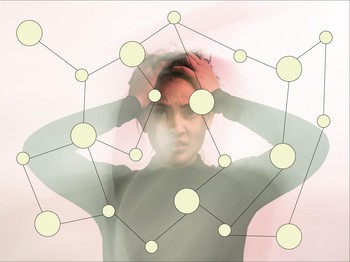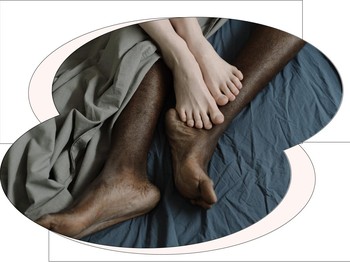With all the new terms of sexuality that we know of, you may have not heard about this one. Aegosexual is known to be a part of the asexual spectrum which encompasses a diverse range of identities to describe people with little to no sexual attraction. Aegosexual classifies people who experience a disconnect between themselves and the subject of arousal. This enables them to experience sexual attraction, arousal, and desire in response to sexual stimuli, yet they have little or no desire to engage in sexual activity with anyone.
Clinical sexologist and sex therapist, Elyssa Helfer, Ph.D. explains that aegosexual people don't even imagine themselves being in a sexual activity, no matter how they're aroused sexually. The term aegosexuality was first called autochorissexuality back in 2012 by Dr. Anthony Bogaert, a psychologist specializing in human sexuality. As aegosexuality falls under the asexual umbrella, it was first considered a psychological disorder and paraphilia (experience of intense sexual arousal to atypical objects, situations, fantasies, behaviors, or individuals). The term autchorissexuality itself is derived from the phrase "autochoris", which means "sexuality without identity".
The history of this term is unnecessarily acephobic (discrimination against asexual people) because of how autochorissexuality or aegosexual is classified as paraphilia which labeled the community's sexual orientation as a psychological disorder instead of an identity. The term autochorissexuality altered to aegosexual in November 2014 by a Tumblr user Sugar-and-Spite which translates to "sexual without myself". Both of the terms are still used interchangeably.
Dan Copulsky, a Board Member and Research Affiliate at the Center for Positive Sexuality explained that an aegosexual person would experience sexual arousal and may fantasize even masturbate, yet aegosexual person would have no desire to engage sexually with a partner. An aegosexual person would also fantasize or imagine other people and fictional characters to be engaged in a sexual activity, but they don't imagine themselves being a part in any of that.
Aegosexuality is often misinterpreted as voyeurism. Voyeurism itself is classified as a fetish or kink that arouses someone to gain sexual pleasure. However, aegosexuality is a sexual identity that represents how someone experiences sexual attraction and desire. Clinical sexologist and sex therapist, Elyssa Helfer, Ph.D., says that voyeurism and aegosexuality are two different things.
Aegosexuality is not a common sexuality that most people are aware of-we could even say that aegosexuality is a niche identity. Because of how most aegosexuals identify themselves as asexual, there's not much information to dig into this identity in particular. However, the stigma that associates aegosexual as a psychological disorder doesn't help to build a positive image of this sexuality. Therefore, it is extremely important for us to be aware of how fluid sexuality is for anybody.
(DIP/alm)


